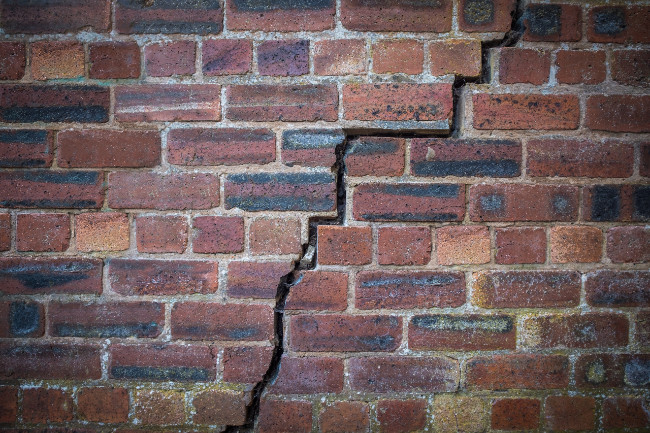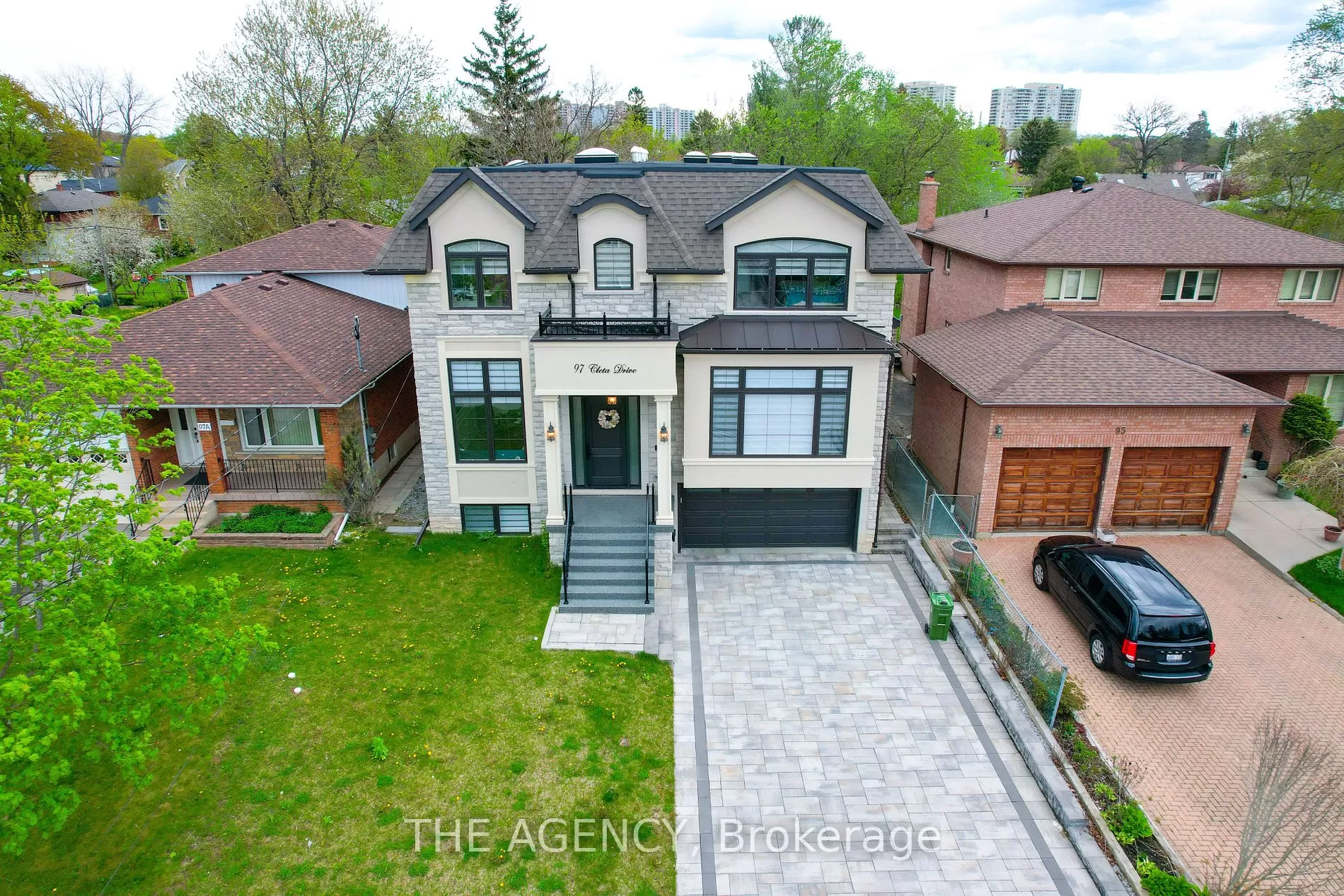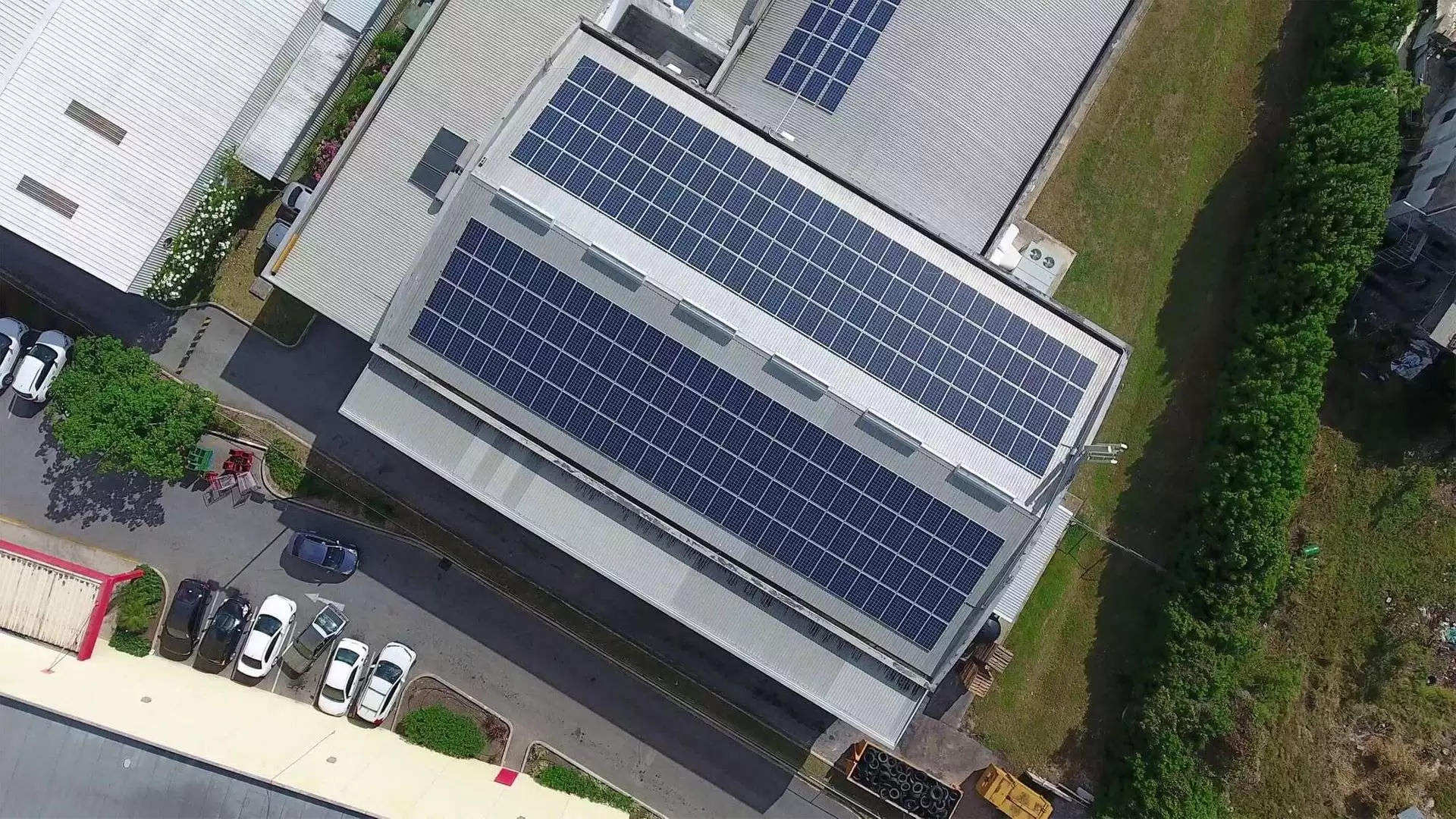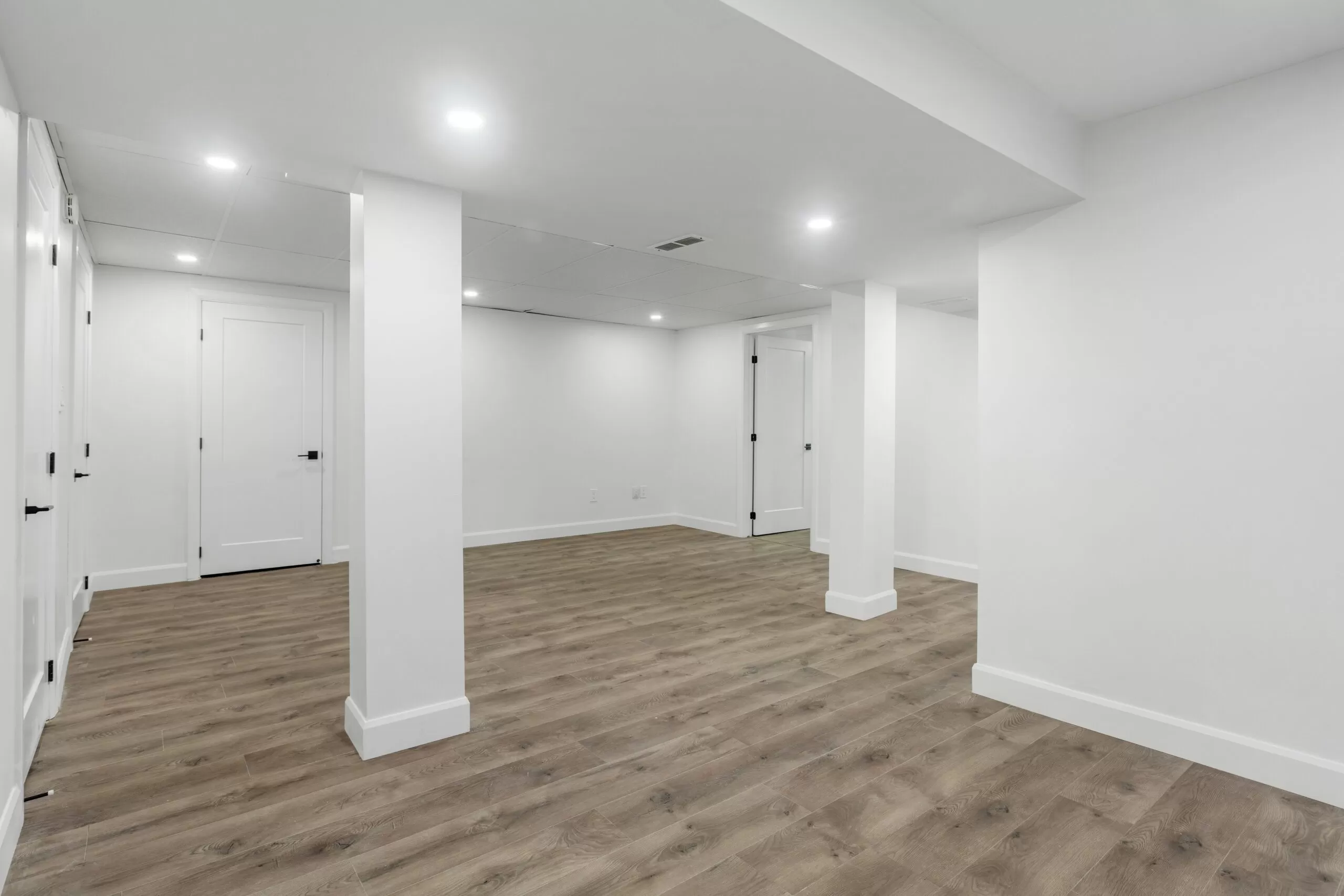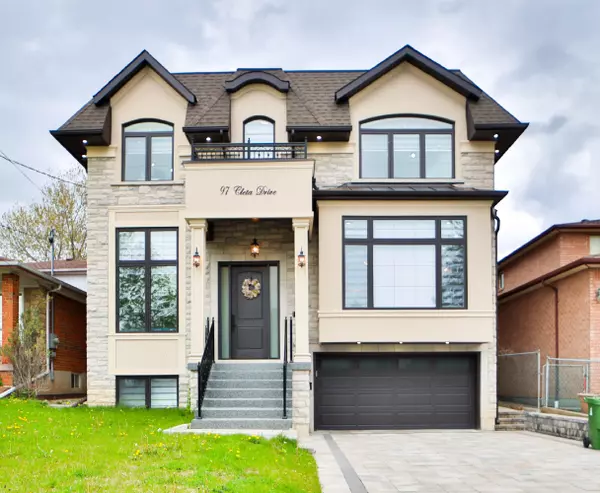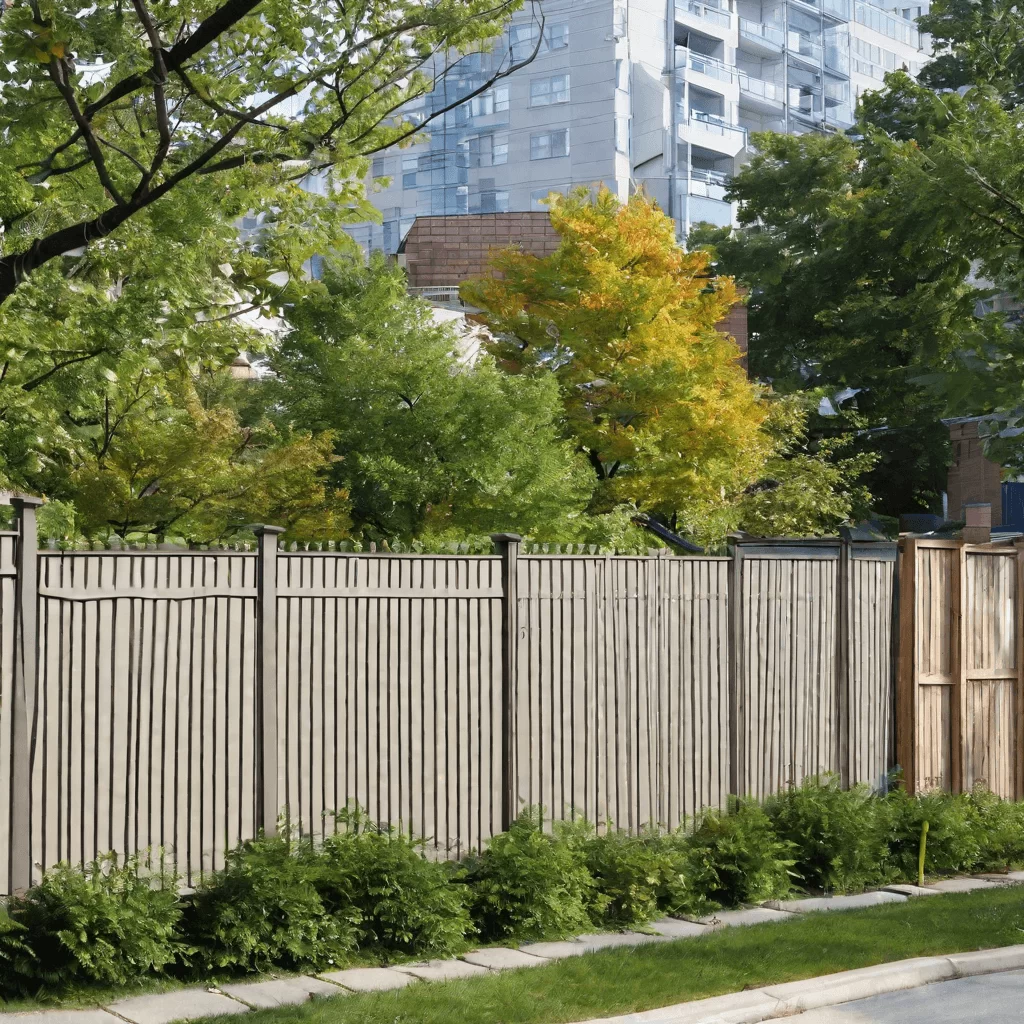While cleaning your house, you might notice some cracks in areas like in the walls and brickworks. These cracks can be small or big. Now, are these cracks something to be worried about?
Cracks are often observed in older houses. However, they can also be present in new houses at some point. It is important to know what causes them and what actions should be taken to diagnose them properly.
Factors That May Cause Cracks in the House
Cracks in the walls and other parts of the house will not just occur without causing harm. They should be inspected thoroughly before they can lead to severe damage to the structure. Cracks can be due to subsidence, which may be caused by the following:
– Unstable adjacent walls
– Poorly installed or damaged drain
– Damp damage
– Vibration due to heavy traffic
– Clay soil shrinkage
– Air traffic
– Roots growing near the property
– Dry spells
– Reduction of groundwater
One or two of the factors above can move the structure slightly and create crack markers on the affected area. Some insurance companies will take a closer look at the cracks to evaluate what kind of repair works will be required.
Typically, cracks are categorized into six. These categories determine how severe a specific crack is.
Cosmetic Cracks
This type of crack is also known as a hairline crack, usually measuring under 0.1mm in width. What to do with this crack? You can just do some simple redecoration. In fact, you can just ignore them.
Minor Cracks
Cracks become minor if they measure less than 1mm but are generally noticeable indoors. A course of action you can take is redecorating to cover the crack.
Moderate Cracks
Moderate cracks are the ones measuring up to 5mm. While they can be filled or redecorated, it’s best to investigate the root of these cracks. It will also be helpful to examine if they can be seen on the external wall that can be prone to subsidence. In some cases, external repointing will be needed.
Significant Cracks
These are cracks measuring from 5mm-15mm. In this case, you’ll need a mason to fix the crack to avoid further damage. It may require an external repointing, so you’ll need to check for windows and doors sticking.
Severe Cracks
Severe cracks measure between 15mm to 25mm. These should be given prompt action because they can result in serious damage. In most cases, replacing some sections of the walls or parts that are affected will be needed. There can also be a visible bulge in the window and door frames due to the severe cracks. Worse, service pipes can also be impacted.
Structural Cracks
Any crack measuring more than 25mm is considered a structural crack and is more likely to cause colossal damage. Partial or major rebuilding is necessary. You should be keen on observing leaning walls and beams that may be unstable. Make sure to contact a structural engineer for immediate and proper action.
Conclusion
Cracks can be common in your home and other structures. Some of them do not pose damage, thus, not requiring immediate action. However, some of them can be severe and must be fixed to prevent further damage to the structure. Make sure to hire a reliable engineering firm to check and fix the cracks.
If you need to hire a structural engineer in Ontario, trust ASR Engineers to handle the project. We are a Toronto-based engineering firm providing engineering services to both residential and commercial clients. Contact us today to get started!

